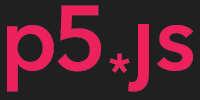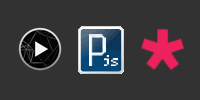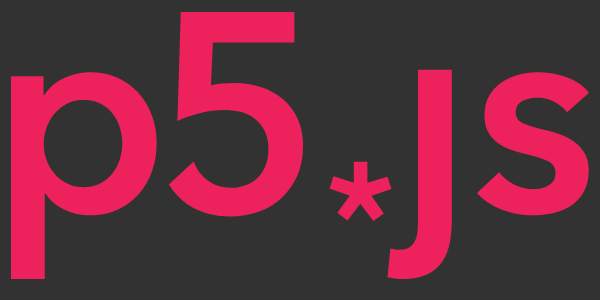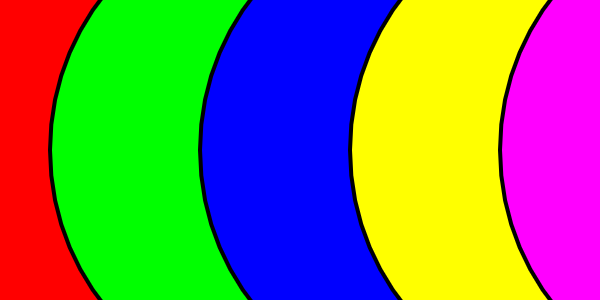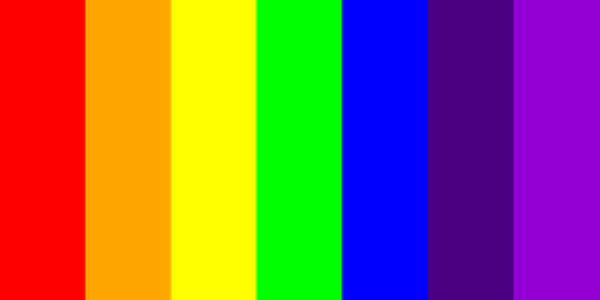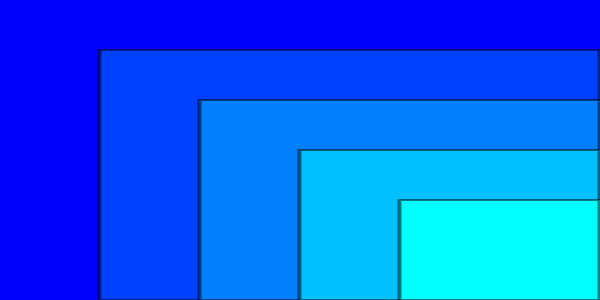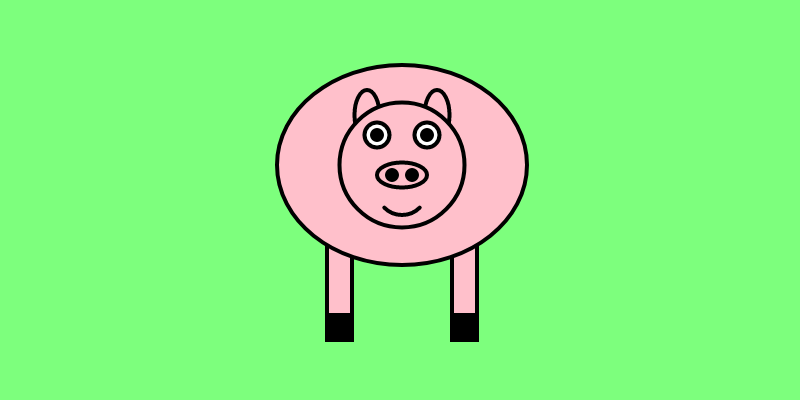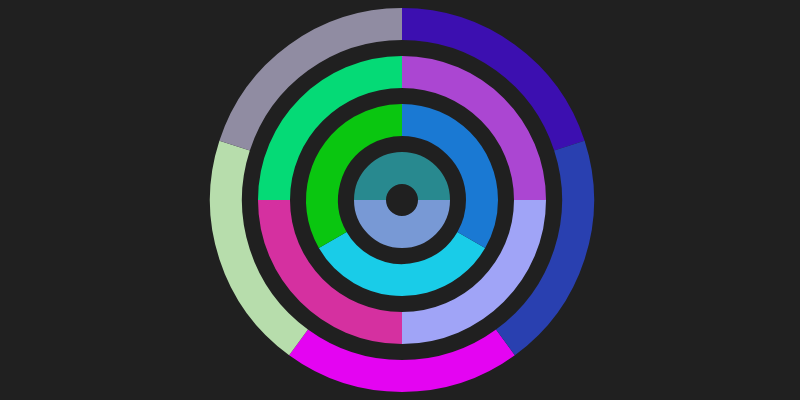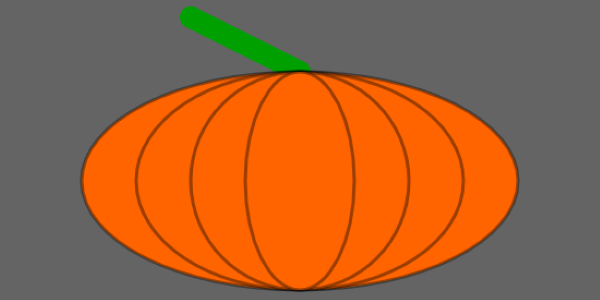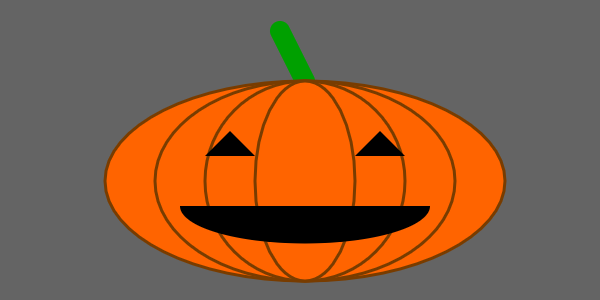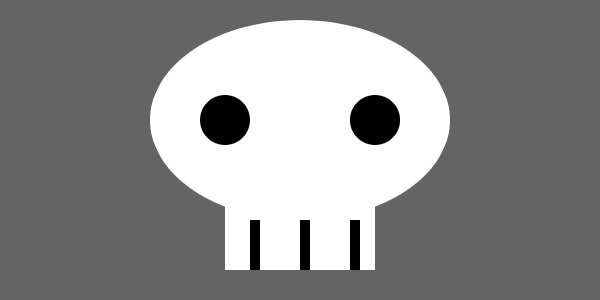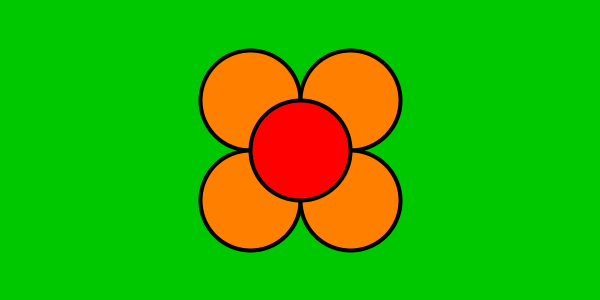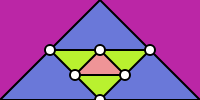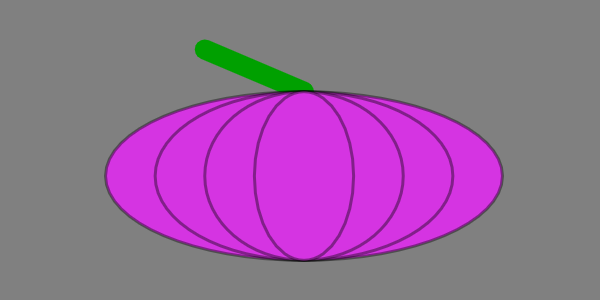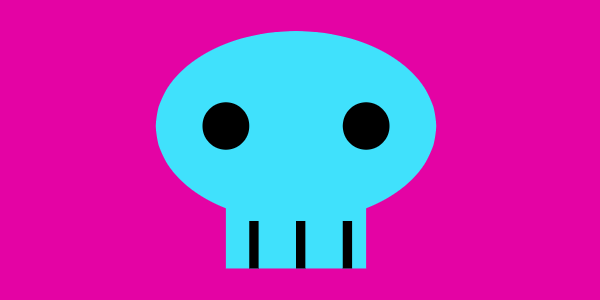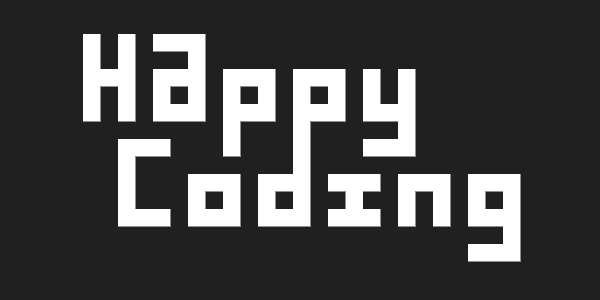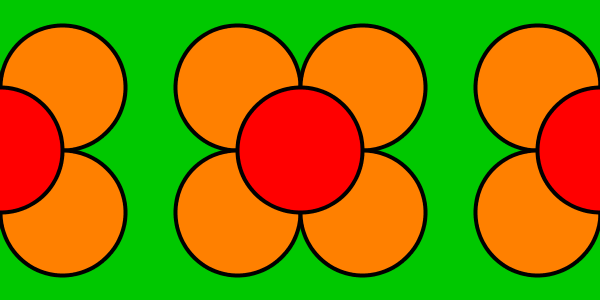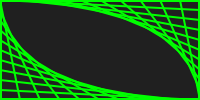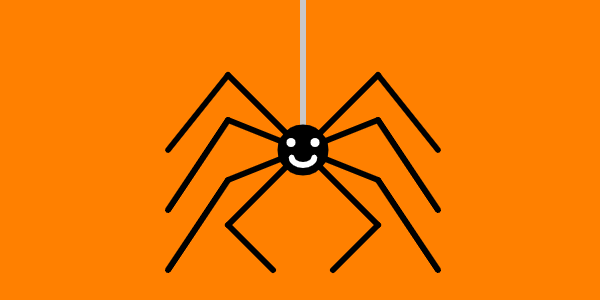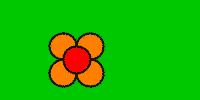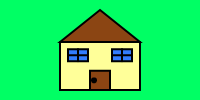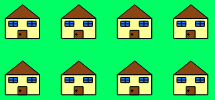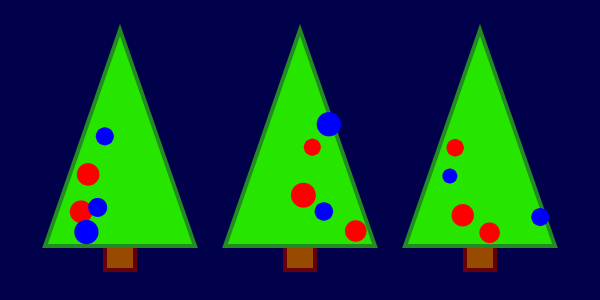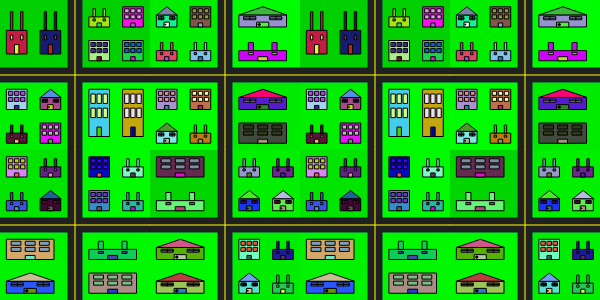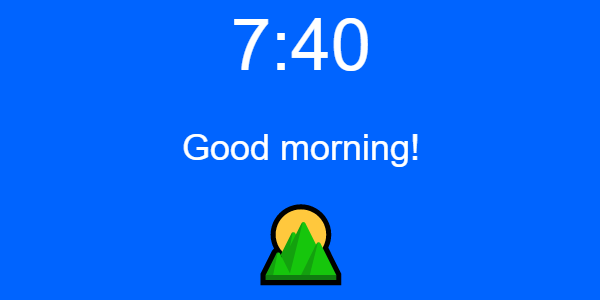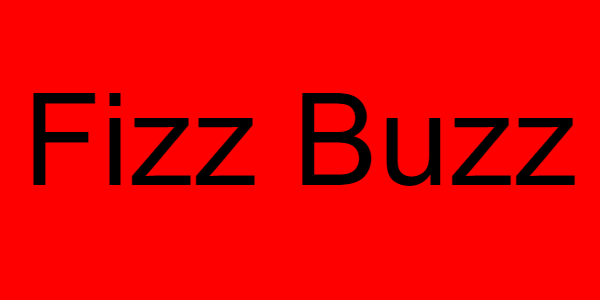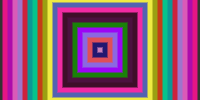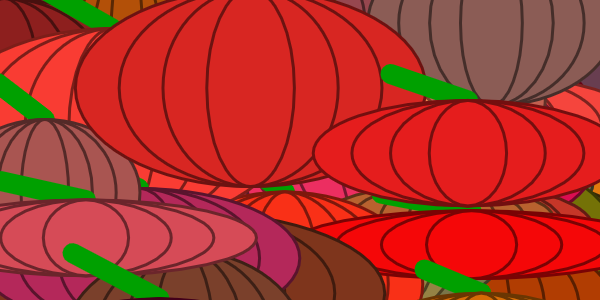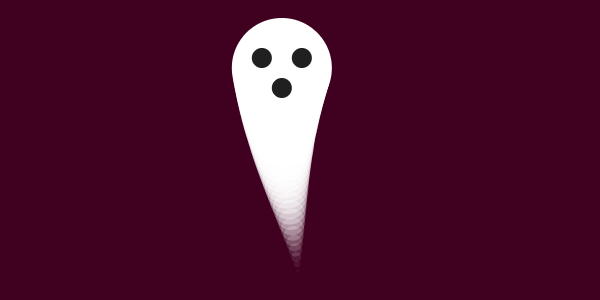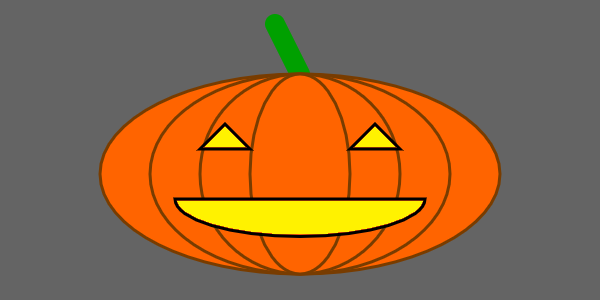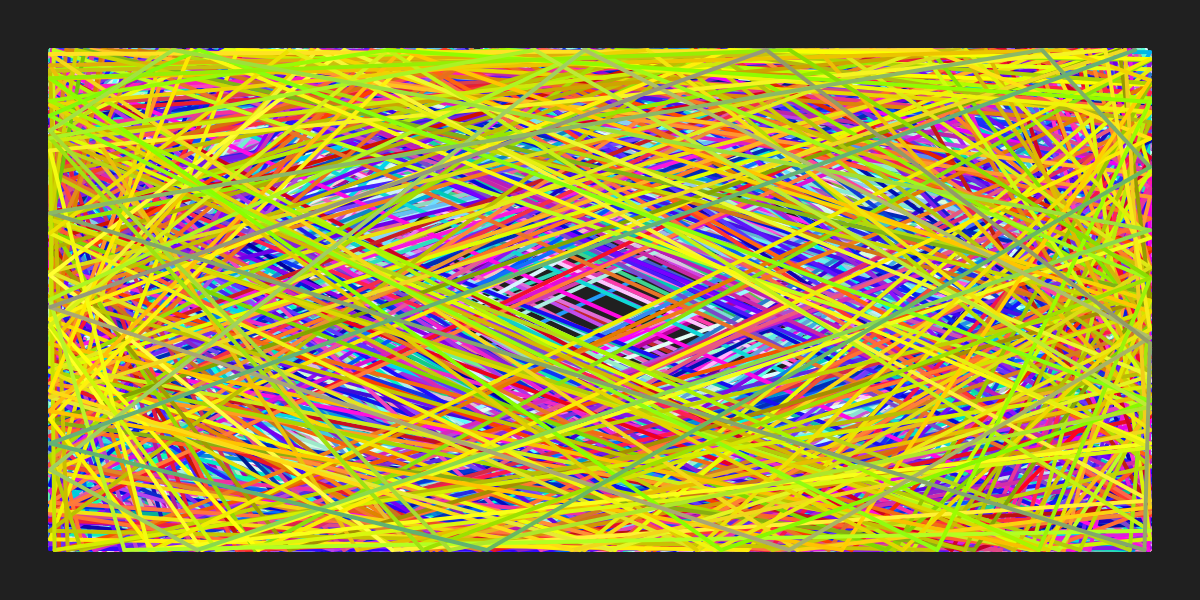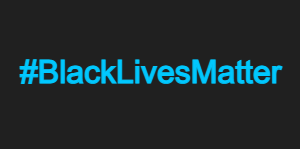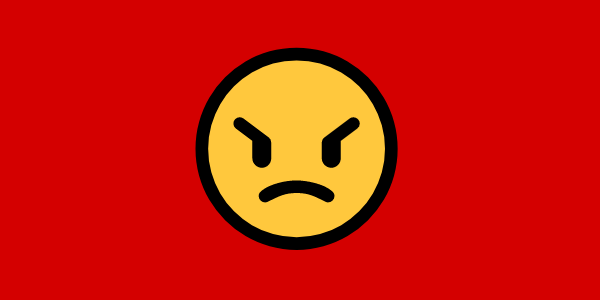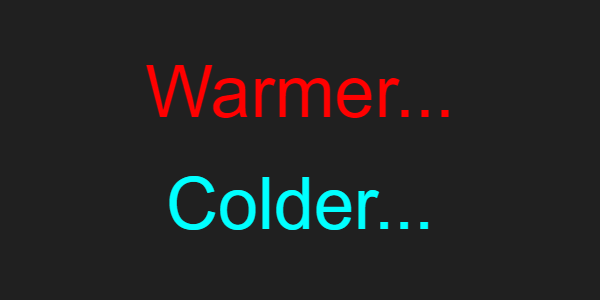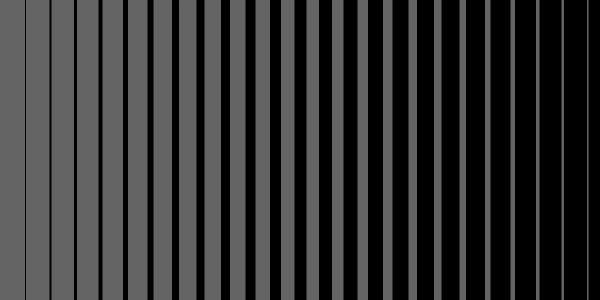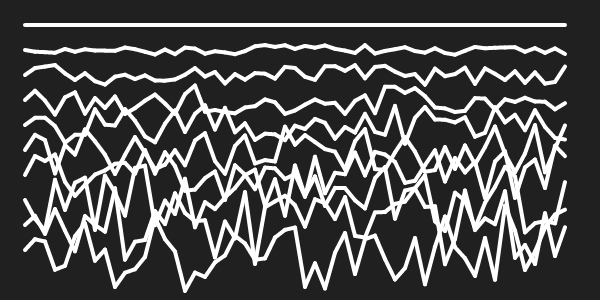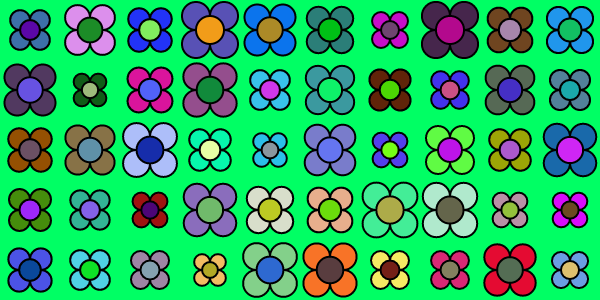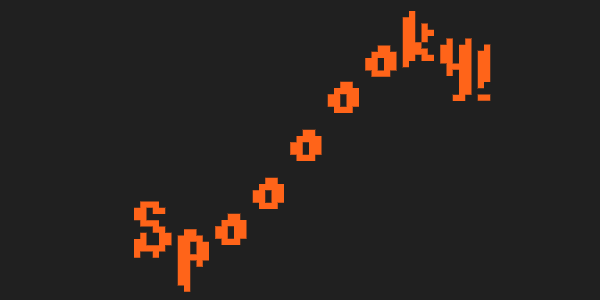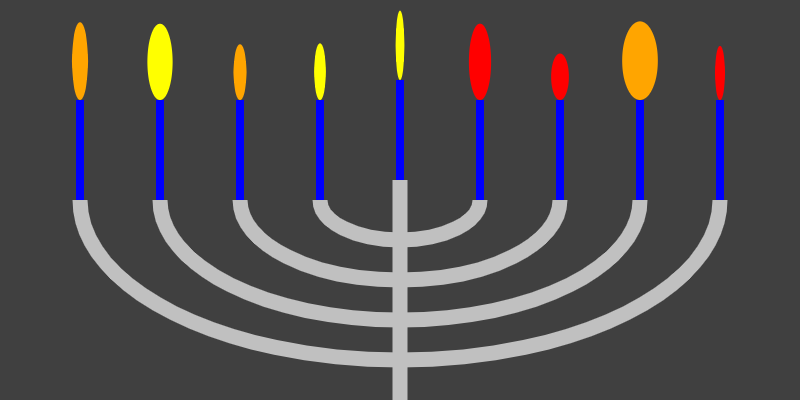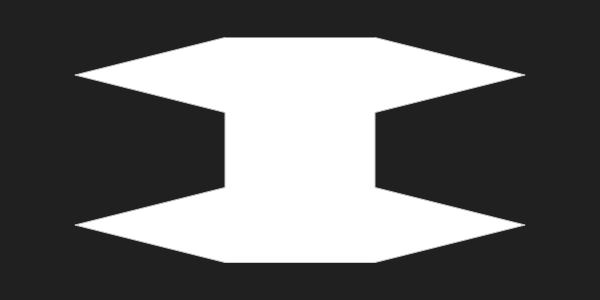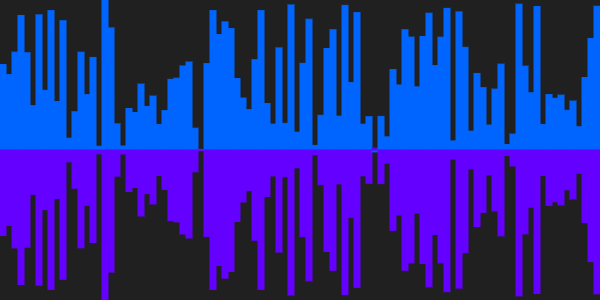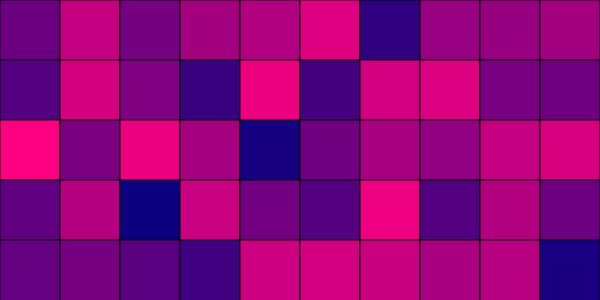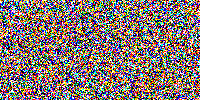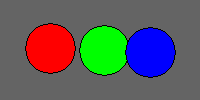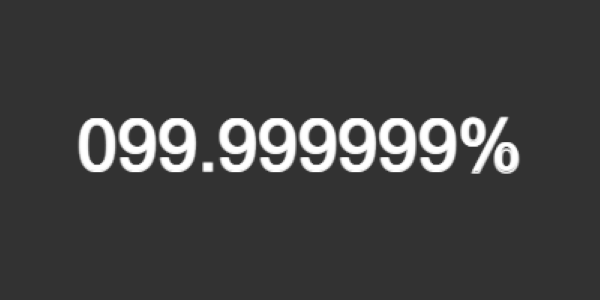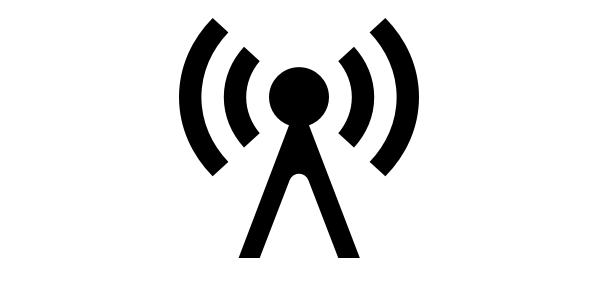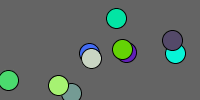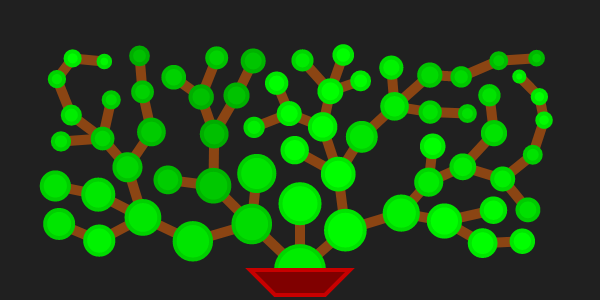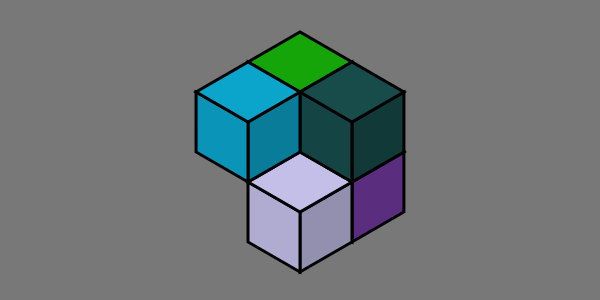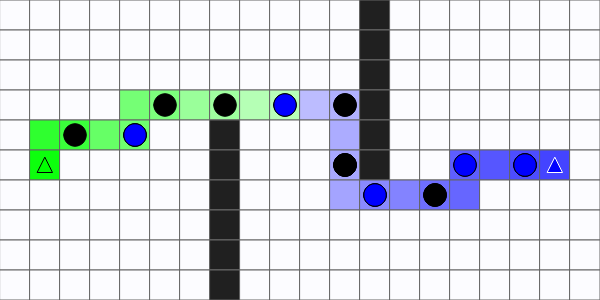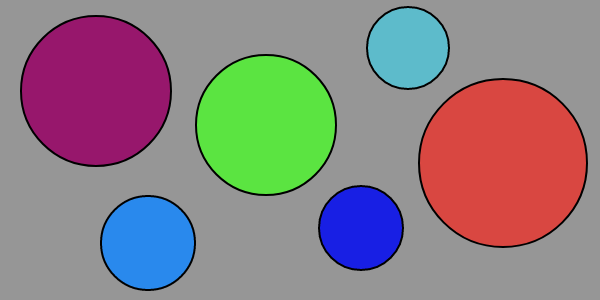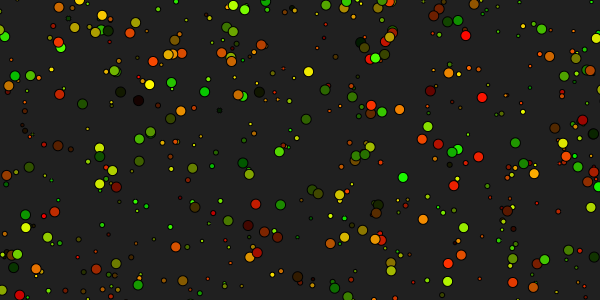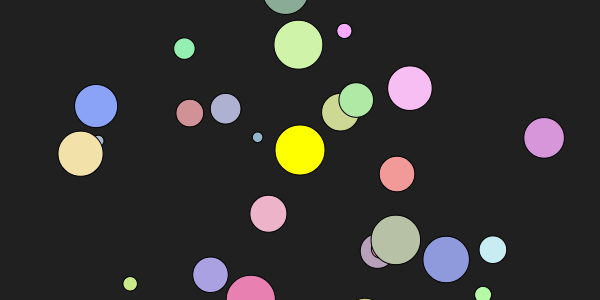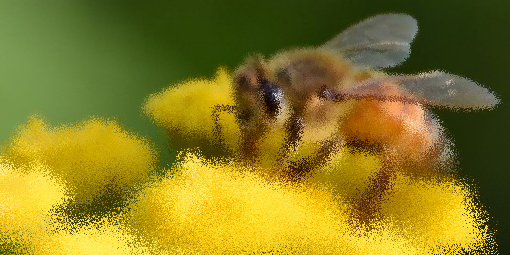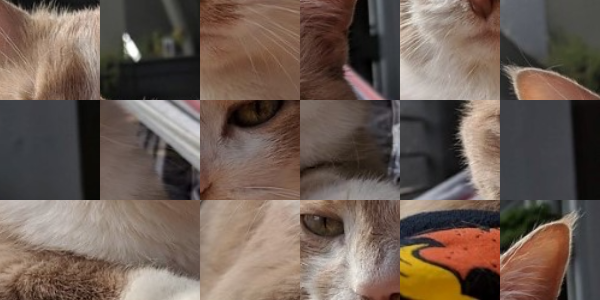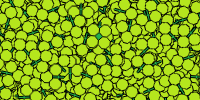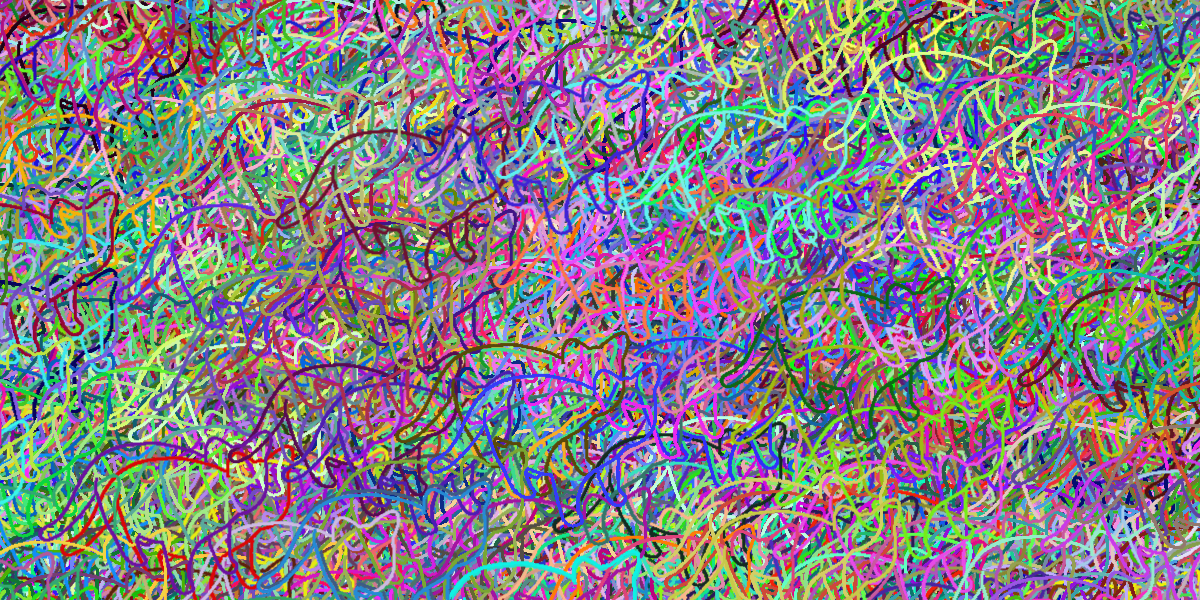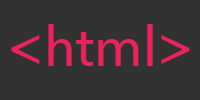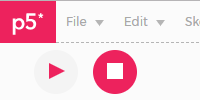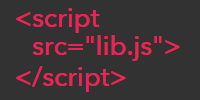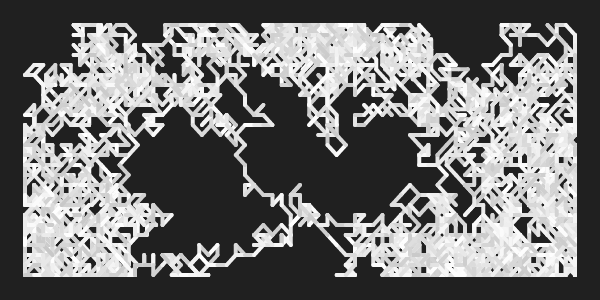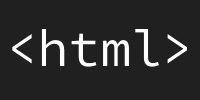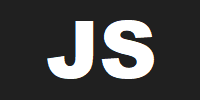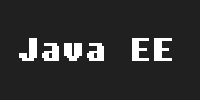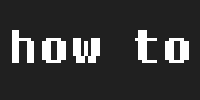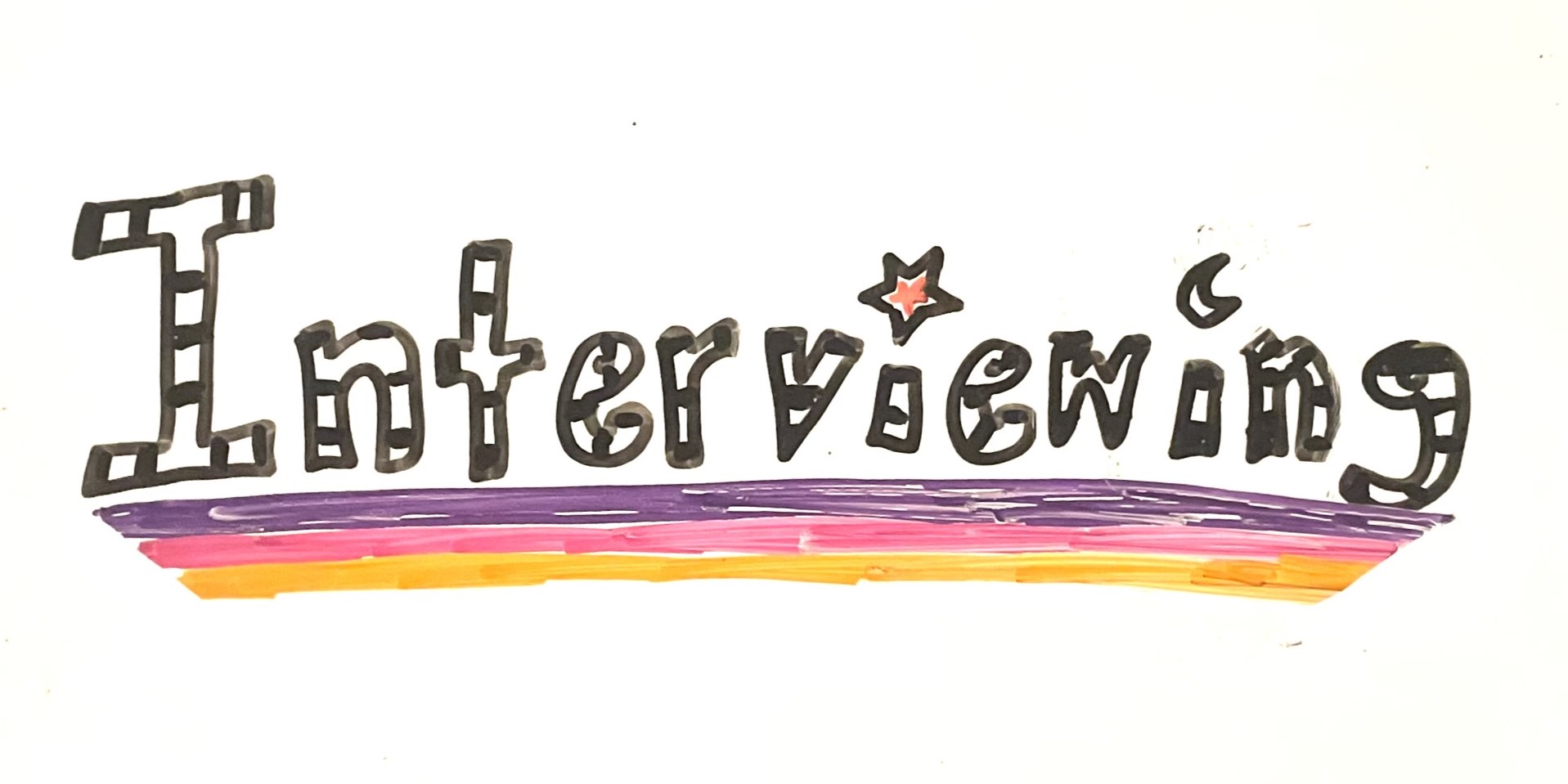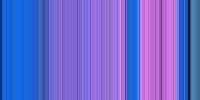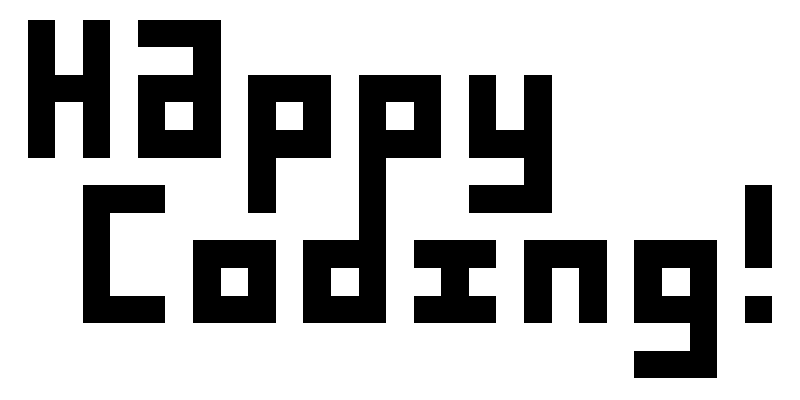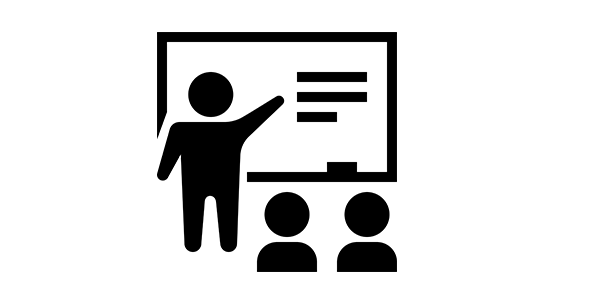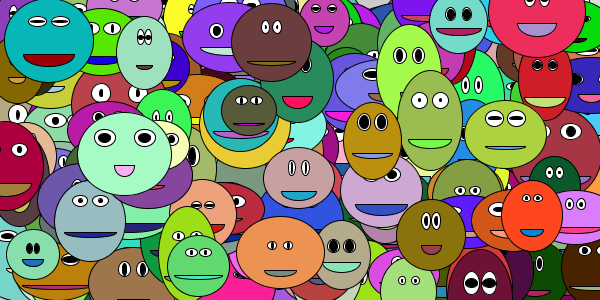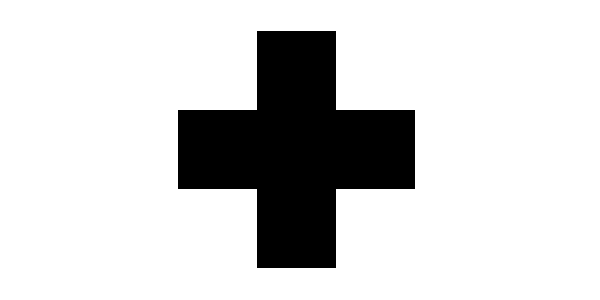If Statements
If Statements
- Booleans
- Relational Operators
- Boolean Operators
- If Statements
- Else Statements
- Else-If Statements
- If Else-If Else Combinations
- Truthiness
- Learn More
- Homework
Now you know how to call functions, use variables, and create variables and creating functions.
Most values and variables you’ve seen so far have been numbers. This tutorial introduces the idea of a boolean, which can only hold two possible values: true or false. This tutorial also introduces if statements, which allow you to perform different actions depending on the value of a boolean.
Booleans
Remember that to create a variable, you use the let keyword to give your variable a name and a value:
let catLives = 9;
let accountBalance = -123.45;
let message = 'Happy Coding!';
You can create a boolean variable the same way, but it can only hold two possible values: true or false.
let isCodingFun = true;
This might not seem very useful yet, but it will become more handy in a couple paragraphs. Keep reading!
Relational Operators
Boolean variables wouldn’t be very useful if you had to decide their values ahead of time. Instead, you can obtain boolean values through relational operators. You might have called these inequalities in algebra class, where you compared two sides with symbols like < less than, > greater than, or == equal to. Here’s an example:
let score = 95;
let isGradeA = score >= 90;
This code creates a variable named score and sets it equal to 95. It then creates a boolean variable named isGradeA and sets it equal to the result of the inequality score >= 90. In this case, the inequality is true because 95 is greater than 90. So at the end of this code, isGradeA is holding the boolean value of true.
If that line of code is confusing, try reading the right side first. First you take the inequality score >= 90 and get a boolean value from it (in this case, true), and then you point the isGradeA variable to that value.
Boolean Operators
Similar to how you can add two numbers using the + operator to get a third number, or subtract them using the - operator, you can also operate on two boolean values to get a third boolean value.
And
You can combine two boolean values using the and operator, which looks like two ampersands: &&. The and operator evaluates to true whenever the two boolean values on either side of it are also true.
let canSwim = true;
let canFly = true;
let isDuck = canSwim && canFly;
The isDuck variable will only be true when both canSwim and canFly are also true. If either one of them is false, then isDuck will also be false.
Again, it might make more sense to read the right side first. First the code evaluates the && operator, which creates a boolean value of true. Then it points the isDuck variable to that value.
Or
The or operator evaluates to true if either of the two boolean values on either side of it is true.
To use the or operator, type two pipes || (they’re above the enter key, or shift + \) between two boolean values:
let isTodaySaturday = true;
let isTodaySunday = false;
let isTodayWeekend = isTodaySaturday || isTodaySunday;
The isTodayWeekend variables will be true if either the isTodaySaturday or isTodaySunday variables are true.
First the code evaluates the || operator which creates a boolean value (in this case it’s true), and then it points the isTodayWeekend variable to that value.
Not
In addition to operating on two boolean values, you can also calculate the opposite of a single boolean value. The opposite of true is false, and the opposite of false is true.
This is called the not operator, and you use it by typing an exclamation point ! before the value you want to switch.
let sinks = !canSwim;
let falls = !canFly;
let isTodayWeekday = !isTodayWeekend;
Each line of this code evaluates the ! operator which creates a new boolean value based on the opposite of whatever follows it, and then it points a boolean variable to that value.
Combining Operators
You can also combine these operators to form more complicated logic. So you can do things like this:
let isMammal = !canSwim && !canFly;
First this code takes the opposite of the canSwim and canFly variables to create two new boolean values. It then takes those values and feeds them into the && operator, which creates yet another boolean value. Then it points the isMammal variable to that value.
(If this bothers you because it doesn’t account for animals like bats, beavers, and dolphins… check out the homework!)
There is a whole field of study devoted to boolean logic, so check that out if it sounds interesting. But for now, keep in mind that boolean values contain true or false, and you can use operators like &&, ||, and ! on them.
If Statements
An if statement checks a boolean value and only executes a block of code if that value is true.
To write an if statement, write the keyword if, then inside parentheses () insert a boolean value, and then in curly brackets {} write the code that should only execute when that value is true. That code is called the body of the if statement.
Here’s an example that draws a congratulations message, but only if your grade is an A:
This code uses an if statement to check whether isGradeA is true, and if it is, it draws a green background, changes the fill color to black and the text size to 18, and then writes 'Congratulations!' on the canvas.
Since score is 95 (and 95 is greater than 90), then you see the congratulations message:
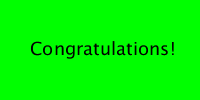
If isGradeA is false (if score is less than 90), then the program doesn’t do anything. Try changing score to 85, and you’ll see a blank canvas:

Since isGradeA is now false, the body of the if statement is not executed, and it skips over all of the code inside the body.
Boolean Expressions
So far, all of the examples have separated the inequality and the if statement into two steps: the code first created a boolean variable from an inequality, and then it used that variable in an if statement. But you can combine them into a single step:
function setup() {
createCanvas(200, 100);
background(200);
}
function draw() {
let score = 95;
if (score >= 90) {
background(0, 255, 0);
fill(0);
textSize(18);
text('Congratulations!', 30, 55);
}
}
This does the exact same thing as the old code, except now the inequality (which evaluates to a boolean value) is inside the if statement instead of being split into its own step. Either approach is fine, so you should use whichever style makes the most sense to you.
Else Statements
An if statement executes some code if its boolean value is true, and it skips that code if the boolean value is false. But what if you want to do one thing if the value is true and a different thing if it’s false? Sounds like a job for an else statement!
To use an else statement, type the else keyword after an if statement, and then inside curly brackets {} put the code you want to execute when the if statement’s boolean evaluates to false:
This code uses an if statement to check whether score is greater than or equal to 90. Since 85 is less than 90, that inequality is false, so the code inside the if statement is skipped. Instead, the program jumps to the code inside the body of the else statement, which draws a red background and displays the “Study more!” message.
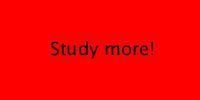
You can think about the code like this: “If the score is greater than or equal to 90, then display the ‘Congratulations!’ message. Otherwise, display the ‘Study more!’ message instead.”
Else-If Statements
An if statement executes some code if its boolean evaluates to true, and an else statement executes code if it evaluates to false. But what if you want to take different actions depending on multiple cases? This is where else-if statements come in handy.
An else-if statement is like a mix between an else statement and an if statement. You put an else-if statement after an if statement, and if the if statement evaluates to false, then the else-if statement’s boolean is evaluated:
function setup() {
createCanvas(200, 100);
fill(0);
textSize(18);
}
function draw() {
let score = 85;
if (score >= 90) {
background(0, 255, 0);
text('Congratulations!', 30, 55);
}
else if (score >= 80) {
background(0, 100, 255);
text("Good job!", 60, 55);
}
}
This code uses an if statement to check whether score is greater than or equal to 90. Since 85 is less than 90, that inequality is false, so the code inside the if statement is skipped. The program jumps down to the else-if statement and checks the boolean expression inside the else-if statement. Since 85 is greater than 80, the inequality is true, and the code inside the body of the else-if is executed. The code then draws a blue background and and displays the 'Good job!' message.
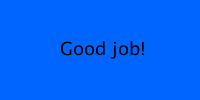
You can think about the code like this: “If the score is greater than or equal to 90, then display the ‘Congratulations!’ message. Otherwise check whether the score is greater than or equal to 80. If it is, then display the `Good job!’ message instead.”
If score was 95, then only the code inside the body of the if statement would run. The code inside the else-if statement would be skipped. And if score was 75, then the boolean expressions of both the if statement and the else-if statement would evaluate to false, so neither one of their bodies would be executed.
If Else-If Else Combinations
You can follow an if statement with multiple else-if statements, and you can follow an else-if statement with an else statement. So you could expand your program to detect every grade:
This code uses a series of if, else if and else statements to run this logic:
- Is
score >= 90?- If so, show the ‘Congratulations!’ message and stop checking any other conditions.
- If not, keep checking.
- Is
score >= 80?- If so, show the ‘Good job!’ message and stop checking any other conditions.
- If not, keep checking.
- Is
score >= 70?- If so, show the ‘Just okay.’ message and stop checking any other conditions.
- If not, keep checking.
- Is
score >= 60?- If so, show the ‘Not good!’ message and stop checking any other conditions.
- If not, show the ‘Study more!’ message.
Try changing the score variable to see the different messages.
Avoiding Unnecessary Checks
Keep in mind that only one body of code is entered in a series of if else-if else statements. As soon as the code enters one of the if or else-if statements, it stops checking subsequent else-if statements.
Look at this line of code, from the above program:
else if (score >= 80) {
Notice that the code only checks whether score >= 80. But for the grade to be a B, it also has to be < 90. Why doesn’t the code also check for that?
The code doesn’t check to make sure that score < 90, because it already knows that it is. If score was >= 90, then the first if statement would have been entered, and the code wouldn’t even reach this line.
Think about it this way: first the code checks whether the grade is an A. If it is, then it displays the “Congratulations!” message and doesn’t check any other grades since it already knows the grade is an A. If it’s not an A, then it knows that score < 90 and it keeps checking other grades.
That’s why the code can check whether the grade is a B by only checking whether score > 80. It it is, then it displays the “Good job!” message and doesn’t check against any other grades since it already knows the grade is a B. If it’s not a B, then it knows that score < 80, and it continues that pattern for the rest of the program.
Truthiness
If you try to use a non-boolean value in an if statement, then the code uses the “truthiness” of that value to convert it to a boolean. Values like 0, '' (empty string), and undefined are “falsy” and convert to false, and values like '42' and 'hello world' are “truthy” and convert to true.
Here’s an example:
This code creates a volume variable, and then uses that variable in an if statement. Since it’s not a boolean, the code checks its truthiness to convert it to a boolean.
Try changing volume to 0 to see what happens!
Learn More
if-else- p5.js reference- JavaScript Booleans - W3Schools
- JavaScript Comparisons - W3Schools
- JavaScript Conditions - W3Schools
- JavaScript if/else Statement - W3Schools
- if…else - MDN
- Truthy - MDN
Homework
- Expand the
booleanexample to work for more animals. Write ashowAnimalTypefunction that takes a set ofbooleanparameters (as many as you want!) and shows a message that explains whether the animal is a mammal, bird, reptile, amphibian, or fish. How would you represent a bat (which can fly but isn’t a bird) or a penguin (which can’t fly but is a bird)? If you want an advanced challenge, do a google search for “animal identification key” for some handy guides. - Write a greeting program that shows a different message depending on what time of day it is (morning, afternoon, evening, or night).
- Create a program that uses
booleanlogic to determine the outcome of a flowchart like this xkcd comic flowchart. If you want an advanced challenge, try this xkcd advance flowchart!
